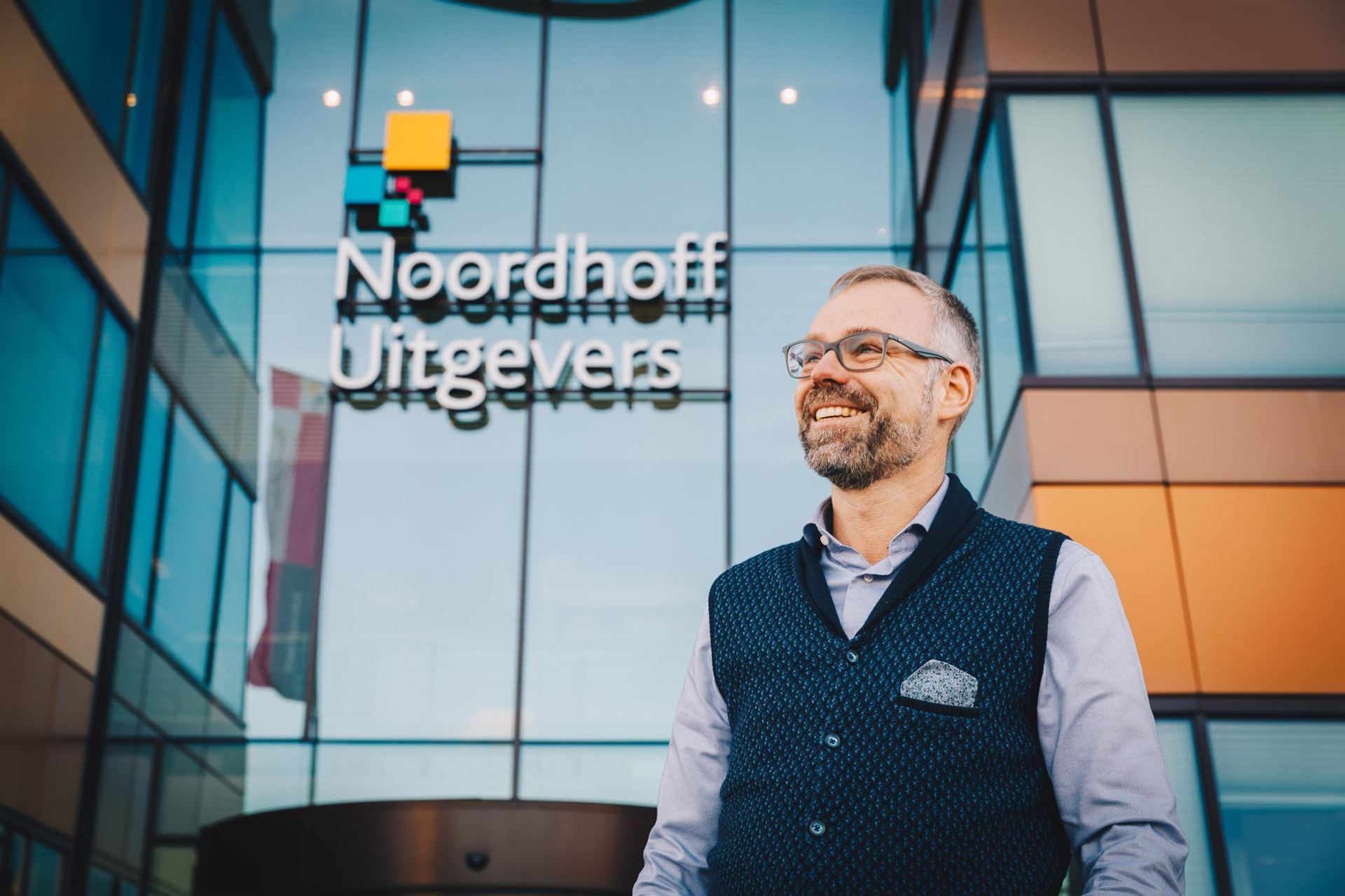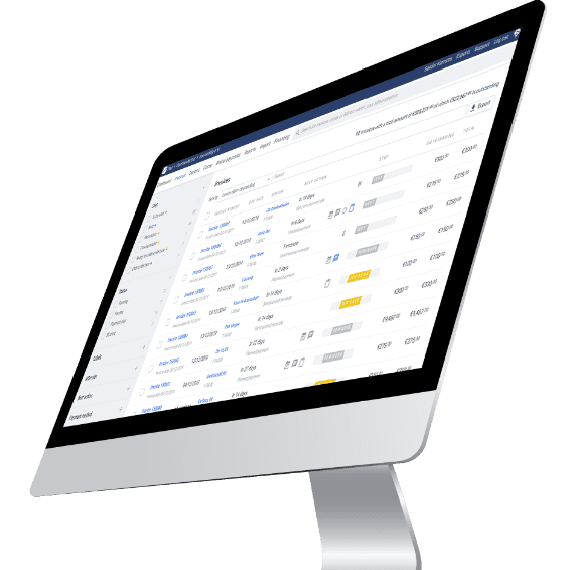More customer satisfaction at Noordhoff Publishers thanks to Payt
More customer satisfaction at Noordhoff Publishers thanks to Payt
Every day, around two million people come into contact with the products and services of Noordhoff. Chances are that you are no exception. You have undoubtedly once looked into one of the many variants of the Bosatlas. Or you have dabbled through the literature list of high school, containing books by De Lijsters. And if it is not, you probably have come into contact with the products of the publishing house through training. Just like the rest of the world, this company has also undergone a major digital transition in recent decades. One of the aspects of that transition concerned credit management.

Manual credit management
Noordhoff provides teaching materials (both online and hardcopy), technology and services for primary schools, secondary education, secondary vocational education, higher education and the health sector. The clientele of the company consists of intermediary suppliers, such as schools, bookshops and other partners, but also consumers who place orders directly in the webshop. Around 40,000 invoices are sent out every month. And believe it or not: that happened until recently via physical mail.
Printing and embedding 40,000 physical invoices is not only an expensive but also a labor-intensive exercise. In many cases the invoice was sent with the order. A major disadvantage, because the person who receives the order is usually not the person who pays. As a result, the invoice often had a lonely wandering through the organisation, which resulted in a very high Days Sales Outstanding (DSO). You understand; Noordhoff’s cash flow yearned for improvement.
Interesting business case
For Sieger Kuik, Customer Service Manager, and Jos van Weerden, Finance Services Manager, the switch to Payt was an interesting business case in several respects.
Sieger explains: “Previously, one colleague was responsible for credit management. That all happened manually. If, for whatever reason, an invoice had not found its way to the paying party, the copy invoice had to be printed, converted and sent again. The same applied to reminders." Jos adds: “Through Payt we now send invoices and reminders completely digitally. The moment the recipient is not the payer, the recipient can directly change the email address in the Payt environment. As a result, our billing address file has been properly cleaned up and the invoice is immediately sent to the correct inbox. That provides a significant improvement in DSO.”
Cleaning up the database was not the only positive side effect of Payt.
Jos: “Payt forced us to think about our business processes.”
Laughing: “For example, it could happen that we sold products that did not exist. Our account managers then sold an annual license for six months or a year and a half. We were inclined to please the customer, while it took so much work that our margins disappeared like snow in the sun." Sieger adds: Thanks to Payt, the marketing department will now start working if an account manager cannot fulfill a customer wish - and not the Finance department. At the same time, Payt ensures that credit management is no longer a specialty. My colleagues from customer service can see at a glance what is going on and respond to questions and comments about invoices. Customer questions are answered faster, with the result that our cash flow has improved considerably. The colleague who was involved in printing, directing and sending reminders, now takes on other administrative tasks. “Payt has considerably improved the quality of our credit management, but we have also been able to raise the quality of our customer service and overall services to a higher level. That added value cannot be expressed in money.”
No unwillingness
Although the software offers the possibility, it has not yet been necessary to start an automated collection process. Jos: “This is mainly due to the fact that Payt’s debtor process is so tightly organised that almost no customer ends up in that phase. Because we have many government agencies as customers, the reason for payment is almost never an unwillingness. However, sometimes something is wrong: there may be a lack of clarity about an invoice, the wrong books have been delivered or something else has gone wrong. Payt’s communication platform gives customers the opportunity to ask their question directly - and also get a quick answer. Moreover, because customers note that there is a lot more structure in our debtor process, they pay faster and at most it comes to a first reminder. Debtors who do not pay after a second reminder can be counted on two hands. In those cases there is often something going on and we contact you personally so that we can find out the reason.”
Customer satisfaction
In a large organisation such as Noordhoff, the introduction and implementation of new software is of course can not happen overnight.
Sieger: “Of course we have investigated various debtor solutions. The big difference between Payt and the other providers is that Payt approaches the debtor process from a customer perspective. The software is fully equipped to facilitate the dialogue with the debtor, because the reason for ’non-payment’ is rarely an unwillingness. We now approach our customers much more as a partner, rather than as an intermediate supplier. This results in a better customer relationship and in a higher customer satisfaction. And the higher the customer satisfaction, the longer customers stay with you."
Ready to get Payt? Try for free*
- Get paid 30% faster on average
- Follow up an invoice fully automatically and stay in complete control of the process
- Leave more time for the customer relationship
Schedule a custom online demo »
